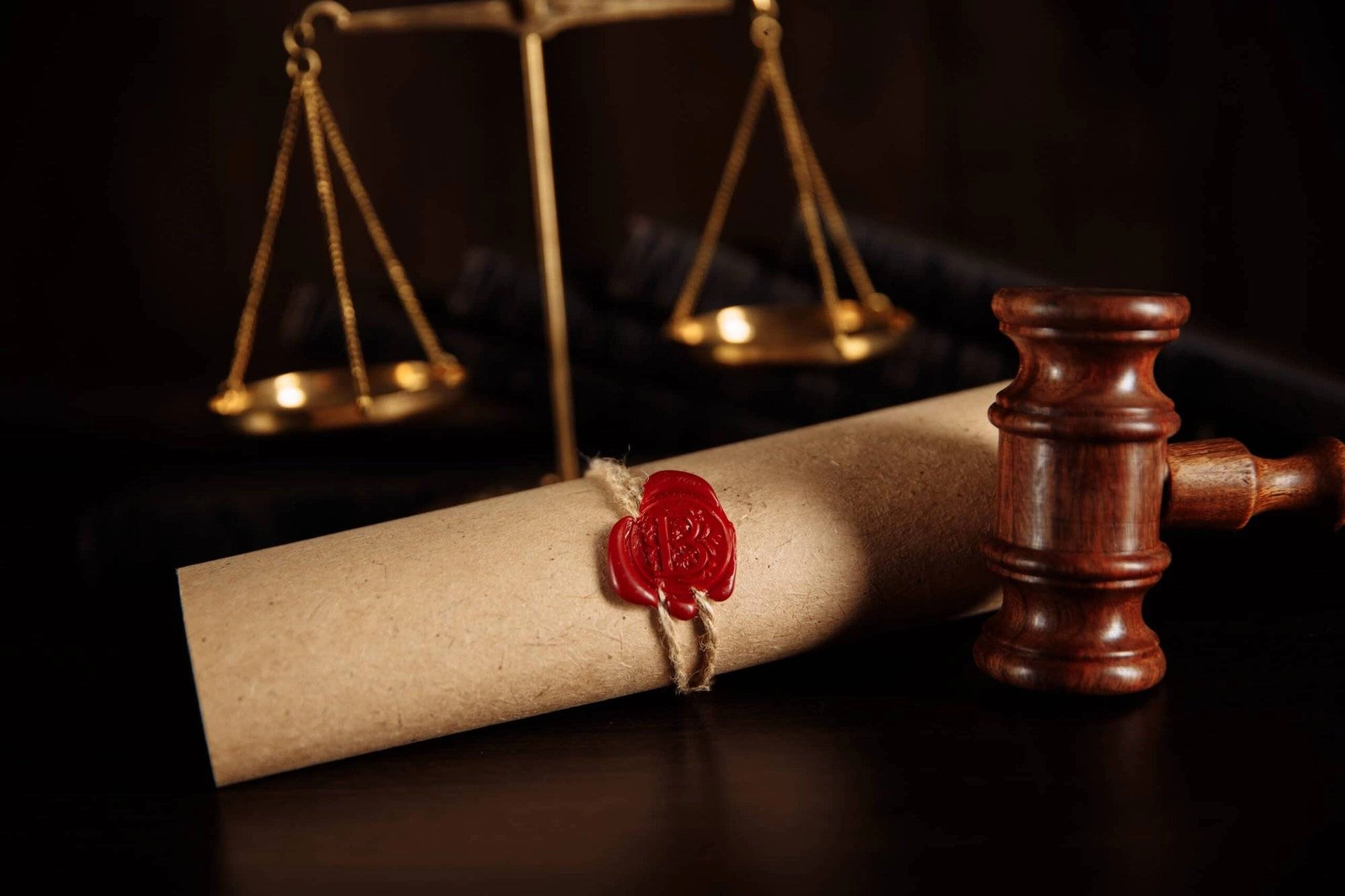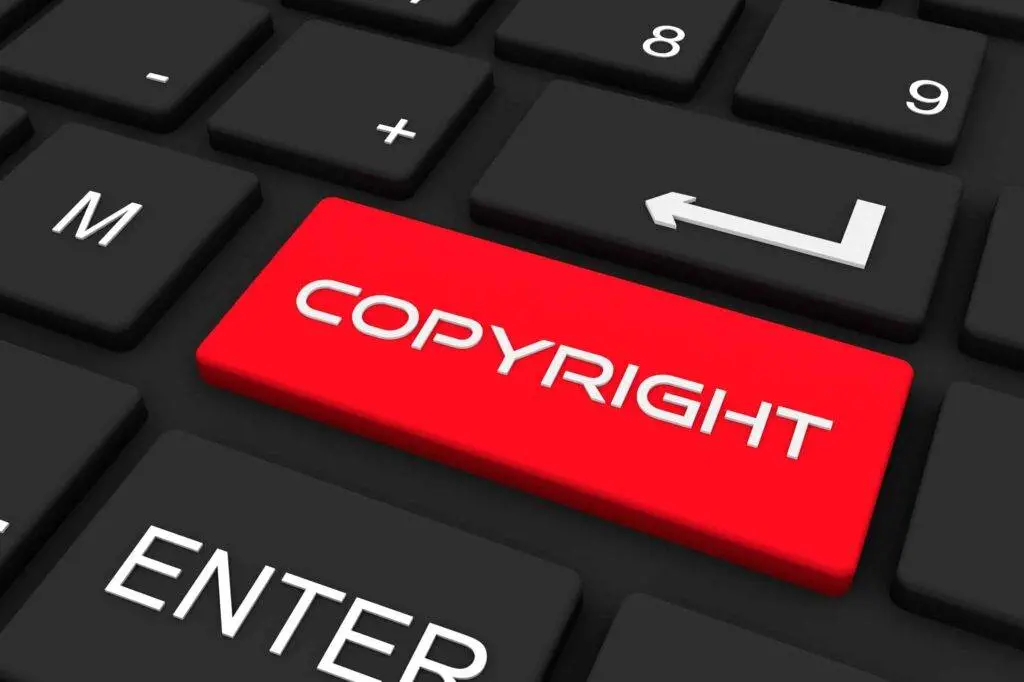Internet copyright
An author’s work is an original intellectual creation in the field of literature, science and art, which has an individual character irrespective of its mode of expression, nature, value or purpose. Therefore, the essential characteristics for a work to be considered authorial are:
– originality of intellectual (creative) work, i.e. realization of human spirituality – originality in the sense of copyright does not require absolute novelty, but so-called subjective originality, which is novelty in the subjective sense.
– literary, scientific or artistic scope of a work – the said formulation has a much broader meaning in copyright law than literary works in literary theory and works of art in art history.
Expressions are protected by copyright, i.e. a perceptible (visible) form of a certain idea achieved by various means of expression, such as written or spoken word, body movement, sound, as another two-dimensional or three-dimensional form.
Authorial works are in particular:
– linguistic works (written works, spoken works, computer programs), e.g. novels, poems, manuals, newspapers
– all works of music, whether or not they contain words
– works that are dramatic or dramatic, musical in nature
– works by choreographers and pantomime artists
– paintings, sculptures and graphic works, whatever the material used in their production, and any other work of fine art
– architecture works
– industrial design and works of applied art
– works using a photographic or similar process
– audiovisual works (cinematographic works and works produced in a manner similar to a cinematographic production), usually films
– works of cartography
– drawings, sketches, plans, tables, etc., of a scientific or technical nature
Some interesting facts
A translation, adaptations, musical arrangements, adaptations and other adaptations of the author’s works, which are considered to be independent works of the author, are protected as original intellectual works. Translations of official legislative, administrative and judicial texts are protected. Unless they are prepared for the official information of the public and published as such.
Whether it was a status on a social network or an article on an official blog, you’ve probably used content you didn’t own the rights to use. After all, “everyone does” so many don’t even understand why there might be a problem here.
Although not talked about much, such a way of working can have fatal consequences for the individual and the organization. Namely, every time you use content without the owner’s permission, you are committing a crime. Just like you have to pay for a product in a store before you use it, you also have to pay for digital products.
Most people ignore internet copyright laws; they find an attractive image through a search engine or social media and copy and use it for their own needs without first checking if they are allowed to use it. It is precisely because of this practice that the American company Getty Images, which deals with the licensing of photos, sued numerous websites for damages a few years ago.
Portals and individuals used various photos without permission, for which they demanded financial compensation of several hundred USD per image. Otherwise, Getty Ima ges threatened criminal charges, which could even lead to jail time.
ges threatened criminal charges, which could even lead to jail time.
Although many are shocked by this action, similar embarrassing situations can be avoided by knowing the law and respecting copyright.
Ownership and internet copyright
A general rule to keep in mind before using content is:
If you are not the author or do not have the express permission of the author or copyright holder, do not use the content.
A common misconception is that if a source is cited (e.g. Google, Facebook, Twitter) or it is highlighted that you are not the author of the post, the user does not have to suffer the consequences because it is a proper use. This assumption is wrong for two reasons:
– Internet search engines, social networking sites, and similar sites do not own copyright and therefore cannot permit or prohibit use. These sites only serve to distribute and find third-party content.
– If use is permitted with attribution, this must be stated alongside the content itself.
Types of licenses
Usage licenses usually require a fee, but a large number of authors allow their work to be used completely free of charge if certain conditions are met. The most common types of paid licenses are:
– Royalty-free (RF): this is a one-time payment for unlimited use of a medium (photos, videos, designs, etc.). The price depends on the resolution and quality of the media used.
Popular agencies: iStock, Shutterstock
– Rights-managed (RM): usage rights must be purchased for each use. Each purchase may only be used for a specific media format (web, print, etc.) and rights are time-limited. The price is based on the intended use.
Popular agencies: Getty Images, Corbis
On the other hand, the most popular free option is Creative commons (CC). This license has several versions, and the author can apply a different license for each image. Each version specifies what is allowed or prohibited and what the conditions of use are. Some types only require a link to the author and license. Others prohibit commercial use or modification of the source material. Creative Commons are the best option for legal and safe use of content on the web. There is a large amount of quality work distributed under this license. Some of the most popular sites for such works are:
– Flickr (CC search required)
– Pixabay
– Unsplash
– Gratisography
Some Final words
Behind every photo is someone’s work and effort that needs to be respected. If you are currently using content on your blog, page or profile without permission, use the sites listed above to find a replacement. This way, you’ll avoid potential problems with the law and make the web a nicer place not only for authors, but also for users.
When we mention internet copyright law, it is unreasonable to think that only the content that has the copyright lettering or the © sign (behind the © sign is the name of the author and the year of the first edition of the work) is protected.
This means that it will be difficult for someone to go to court for a stolen wallpaper or gif separator, but the consequences for someone who uploads someone’s beautiful and hard-earned gif or java animation to their site could be quite unpleasant if the copyright holder decides to initiate protection proceedings. Also, don’t use other people’s images, photos, music sequences and similar elements of WWW pages without the author’s permission. For example, one may not take a reproduction of a painting from the author’s site or from a museum and publish it on one’s own site. 
Particularly forbidden and protected are cases where a young aspiring WWW author feels a lack of inspiration and publishes someone else’s work (book, novel, FAQ or similar) on his or her pages, but pretends to be a copywriter instead of the author’s name.
Respect someone else’s work just as you ask others to respect yours. We’re sure this mindset is not a problem and the Internet is a better place to spend time. Is it?


